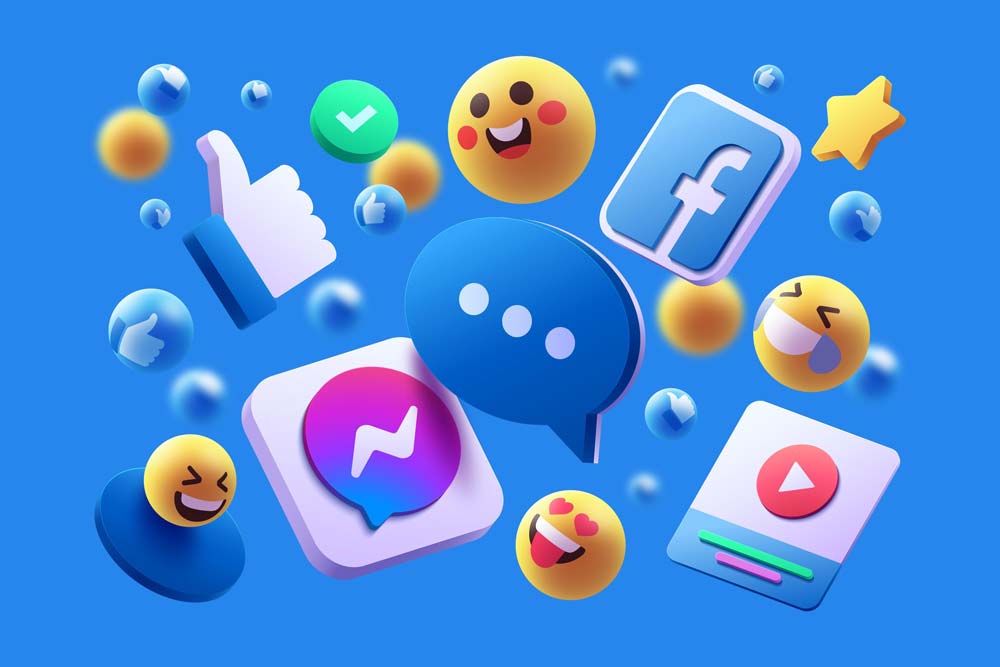How Japanese culture influences the design of Emoji.
In many countries, Emoji is being used as a universal tool for expressing emotions in text. Some people might think that the term Emoji comes from the word ’emotion.’ However, it has nothing to do with it. The first Emoji was invented by Shigetaka Kurita, who worked for Japanese telecom NTT DoCoMo in the late 1990s. Therefore, the word Emoji comes from Japanese Kanji: 絵 (‘E,’ picture), 文(‘MO’ sentence), and 字 (‘JI,’ character).
Japanese manga, pictograms, and Kawaii culture have a massive influence over the creation of Emoji. Thus, the design of Emoji is intertwined with Japanese culture. For example:
- 📛: non-Japanese may think of this as Tofu on fire, but it means name badge since Japanese children in kindergarten wear a tulip-shaped name tag.
- 💢: Some may perceive this as a punch or being hit, but others might have seen this in manga or anime. It means irritated and angry.
- 😪: This seems like the Emoji is crying, but it depicts someone sleeping. The blue tear indicates, in anime or manga, that a character is snoozing.
- 🙇: Non-Japanese people may think of this as studying or tired, but the actual meaning is the deepest apology or asking for a favour. Japanese call it ‘Dogeza,’ showing sincere apology by bowing with knees and hands on the ground.
Western-style Emoticons vs. Japanese style Emoticons, Kaomoji
There is a considerable difference between Westerners and Asians, especially Japanese, in visual communication. Westerners and the Japanese both use Emoji and emoticons, but the design of emoticons differs between these countries. An emoticon refers to a set of characters that imitate facial gestures (Writing Explained. 2017). Western-style emoticons are presented from left to right: :), smiley face, :(, sad face. In comparison, the Japanese style of emoticons is known as Kaomoji, which is text-based Japanese Emoji that combines Japanese characters and punctuation and is shown vertically: (^^), (^^).
Eyes or mouths…?
The Kaomoji design focuses on eyes, whereas western-style emoticons focus on mouths. The two different styles of emoticons 🙂 and (^_^) both depict smiley faces, but one changes mouth, and the other changes eyes to express a happy look.
The reason behind the difference in design is hidden in each country’s lifestyle. In the hay fever season, the scene of people wearing masks has become customary in Japan, whereas, in Western countries, it has become common to wear sunglasses during the daytime. Therefore, from the aspect of Westerners, the people wearing masks give them the impression of being scary or dodge, and the Japanese tend to become suspicious towards people wearing sunglasses. The same can be argued in movie characters. Villains in western or American movies are likely to cover their mouths to make themselves look creepy, and the heroes tend to protect their eyes. From the aspect of animation, the characters in Japanese anime have bigger eyes and small mouths, whereas those in western animation tend to have more giant mouths (Brandon, 2018).
People exposed to different cultures perceive the designs as well as facial expressions differently. Therefore, various perspectives and explanations can be introduced depending on the work. It is practical to expose ourselves to other cultures and thoughts to generate brand-new ideas.
Reference:
Writing Explained. 2017. Emoji vs. Emoticon – What’s the Difference? [online] Available at: https://writingexplained.org/emoji-vs-emoticon-difference [Accessed 30 Oct. 2021].
Brandon, H. 2018.カルチャーの違いを考慮したデザインのポイント. [online] Available at: https://blog.btrax.com/jp/culture-design/
